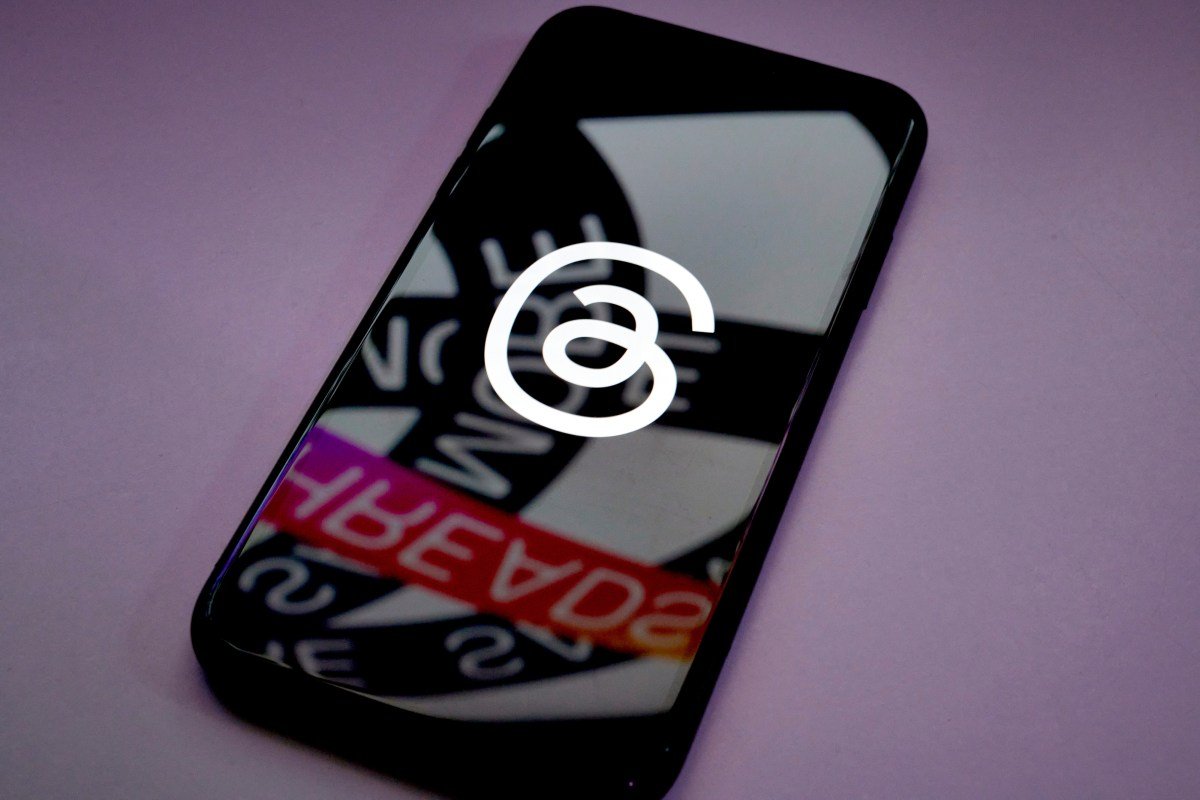Meta’s Twitter/X competitor Threads has officially launched its developer API to select companies for testing in March. Now, ahead of the API’s public launch planned for June, the developer documentation and a sign-up sheet for interested parties have been introduced.
The new documentation provides a detailed overview of the API’s current limitations and its endpoints. This information can help developers as they start building their Threads-connected apps and other projects that integrate with the new social network.
- Tracking analytics: Those who want to track analytics surrounding Threads’ posts can utilize an Insights API to retrieve data such as views, likes, replies, reposts, and quotes.
- Publishing posts and media: The documentation also includes instructions on how to publish posts and media via the API and how to retrieve replies.
- Troubleshooting tips: In case any issues arise, there is also a series of troubleshooting tips available in the documentation.
The documentation also mentions that Threads accounts have limitations when it comes to using the API. For example, accounts are limited to publishing only 250 posts within a 24-hour period and 1,000 replies. These measures are in place to prevent spam and excessive use. It also outlines the specifications for images and videos uploaded with posts.
While Threads allows for longer text posts than old Twitter (500 characters), it is still less than the 25,000 characters offered to paid subscribers by X or the 100,000 characters allowed for articles posted directly on its platform.
As for whether Meta will favor certain types of apps over others, only time will tell. So far, the beta testing of the Threads API has included social tool makers like Sprinklr, Sprout Social, Social News Desk, Hootsuite, and tech news board Techmeme.
Although Threads has integrated with the fediverse – a network of interconnected social networking services including Mastodon and others – it seems that the ability to share on the fediverse cannot be managed through the API itself. Instead, users still have to adjust their settings in the Threads app to enable or disable fediverse sharing.
According to Meta, the developer documentation will be regularly updated as they gather feedback from developers. Interested parties can now request access to the API through a sign-up page, which will also assist Meta in keeping track of the apps preparing to go live with the API’s public launch.








